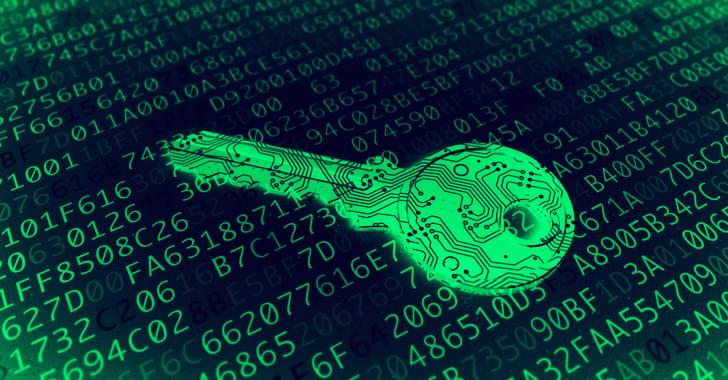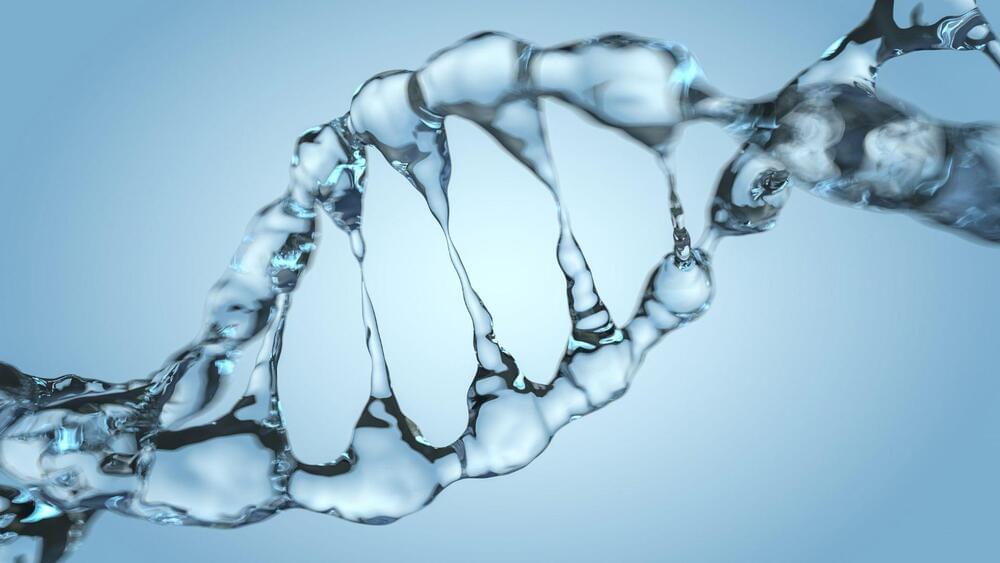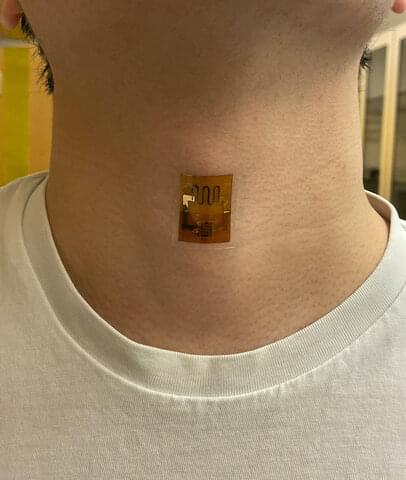It took researchers about 62 minutes to crack a late-stage Post-Quantum Encryption candidate algorithm using a single-core CPU.


Innovative Solutions For Unmet Needs Of Older Adults & Their Caregivers — Keith Camhi, Managing Director, Techstars Future of Longevity Accelerator — A Partnership With Melinda Gates Pivotal Ventures.
Keith Camhi is Managing Director, Techstars Future of Longevity Accelerator (https://www.techstars.com/accelerators/longevity), a program, run in partnership with Pivotal Ventures (https://www.pivotalventures.org/), an investment and incubation company created by Melinda French Gates, focusing on innovative solutions to address the unmet needs of older adults and their caregivers. The longevity accelerator core program themes include: Caregiver Support, Care Coordination, Aging in Place, Financial Wellness and Resilience, Preventive Health (both Physical and Cognitive), and Social Engagement.
Keith was previously the SVP of Accelerators for Techstars globally and was inspired to move to the MD role for the longevity program based on having built a venture-backed startup serving older adults himself, having experienced the gaps in America’s care giving infrastructure firsthand, and wanting to support entrepreneurs who are building solutions to address this substantial market opportunity.
Techstars is a global investment business that provides access to capital, one-on-one mentorship, a worldwide network and customized programming for early-stage entrepreneurs. It was founded in 2006 in Boulder, Colorado. As of May 2022, the company had accepted over 2,900 companies into its accelerator programs with a combined market capitalization of US$71 billion.
Prior to Techstars, Keith founded and led the rapid growth of two tech companies in the health and fitness industry – one that reached #20 on the Deloitte Fast 500, and another that made Entrepreneur’s Franchise 500 three times. He has raised over $50 million in venture funding, holds several patents for sensor and machine vision technology, has been an angel investor and LP in several venture funds, and enjoys mentoring promising startups.

Unlike the moon’s surface, which heats up to 260 degrees Fahrenheit (127 degrees Celsius) during the day and drops to minus 280 degrees Fahrenheit (minus 173 degrees Celsius) at night, these lunar pits in the Mare Tranquillitatis region have a human-friendly, stable temperature.
(Mare Tranquillitatis, commonly known as the Sea of Tranquility, is where Apollo 11, the first mission to put humans on the moon, landed due to its smooth and relatively flat terrain.)
The data comes from an analysis of images taken by NASA’s Lunar Reconnaissance Orbiter spacecraft and computer modeling.

Scientists from The University of Manchester have developed a novel yet simple method for producing vertical stacks of alternating superconductor and insulator layers of tantalum disulphide (TaS 2). The findings, from a team led by Professor Rahul Nair, could speed up the process of manufacturing such devices – so-called van der Waals heterostructures – with application in high-mobility transistors, photovoltaics and optoelectronics.
Van der Waals heterostructures are much sought after since they display many unique and useful properties not found in naturally occurring materials. In most cases, they are prepared by manually stacking one layer over the other in a time-consuming and labour-intensive process.
Electron microscopy image of the synthesized 6R TaS 2 with an atomic model of the material on the left. The brown spheres represent Ta atoms and the yellow spheres represent sulphur atoms. The atomic positions and arrangement in the microscopic image are an exact match with the model, confirming its structure. (Image: University of Manchester)

Scientists from the University of Virginia School of Medicine and collaborators used the building blocks of life to potentially revolutionize electronics.
The scientists utilized DNA to guide a chemical reaction that would overcome the barrier to Little’s superconductor, which was once thought to be “insurmountable”, a press statement reveals.

A breakthrough from Deakin University researchers could help address a major obstacle in the development of environmentally-friendly, cost effective, polymer-based batteries.
The team from Deakin’s Institute for Frontier Materials (IFM) used computer modeling and simulations to design a new type of solid-state polymer electrolyte, showing its potential use in various types of polymer-based solid-state batteries, particularly sodium and potassium batteries.
Polymer-based batteries are able to support high-energy density metals in an all solid-state batteries. They use polymer as the ion conductor rather than flammable organic liquid solvents in current lithium-ion batteries. Therefore, a polymer-based solid-state battery offers an energy storage option that is greener, safer and providing a higher capacity, meaning more energy.

Researchers have reported the discovery of an exoplanet orbiting Ross 508 near the inner edge of its habitable zone.
Researchers at the University of Massachusetts Amherst recently announced that they have figured out how to engineer a biofilm that harvests the energy in evaporation and converts it to electricity. This biofilm, which was announced in Nature Communications, has the potential to revolutionize the world of wearable electronics, powering everything from personal medical sensors to personal electronics.
“This is a very exciting technology,” says Xiaomeng Liu, graduate student in electrical and computer engineering in UMass Amherst’s College of Engineering and the paper’s lead author. “It is real green energy, and unlike other so-called ‘green-energy’ sources, its production is totally green.”
That’s because this biofilm —a thin sheet of bacterial cells about the thickness of a sheet of paper—is produced naturally by an engineered version of the bacteria Geobacter sulfurreducens. G. sulfurreducens is known to produce electricity and has been used previously in “microbial batteries” to power electrical devices. But such batteries require that G. sulfurreducens is properly cared for and fed a constant diet. By contrast, this new biofilm, which can supply as much, if not more, energy than a comparably sized battery, works, and works continuously, because it is dead. And because it’s dead, it doesn’t need to be fed.

A new method of radiation-resistant computer data storage called watermark storage that’s been developed by a University of Alabama in Huntsville (UAH) professor leading a student team has direct applications in the nuclear power and space industries.
“Data-driven analytics are growing exponentially for space and nuclear environments,” says Dr. Biswajit Ray, an assistant professor of electrical and computer engineering at UAH, a part of the University of Alabama System.
He says the new storage system doesn’t rely on an electronic charge for NAND flash storage, as traditional data drives do. NAND stands for the “not and” type of flash memory, which is in common use. Interestingly, the watermark storage method requires no new components.


Scientists at the University of Virginia School of Medicine and their collaborators have used DNA to overcome a nearly insurmountable obstacle to engineer materials that would revolutionize electronics.
One possible outcome of such engineered materials could be superconductors, which have zero electrical resistance, allowing electrons to flow unimpeded. That means that they don’t lose energy and don’t create heat, unlike current means of electrical transmission. Development of a superconductor that could be used widely at room temperature—instead of at extremely high or low temperatures, as is now possible—could lead to hyper-fast computers, shrink the size of electronic devices, allow high-speed trains to float on magnets and slash energy use, among other benefits.
One such superconductor was first proposed more than 50 years ago by Stanford physicist William A. Little. Scientists have spent decades trying to make it work, but even after validating the feasibility of his idea, they were left with a challenge that appeared impossible to overcome. Until now.